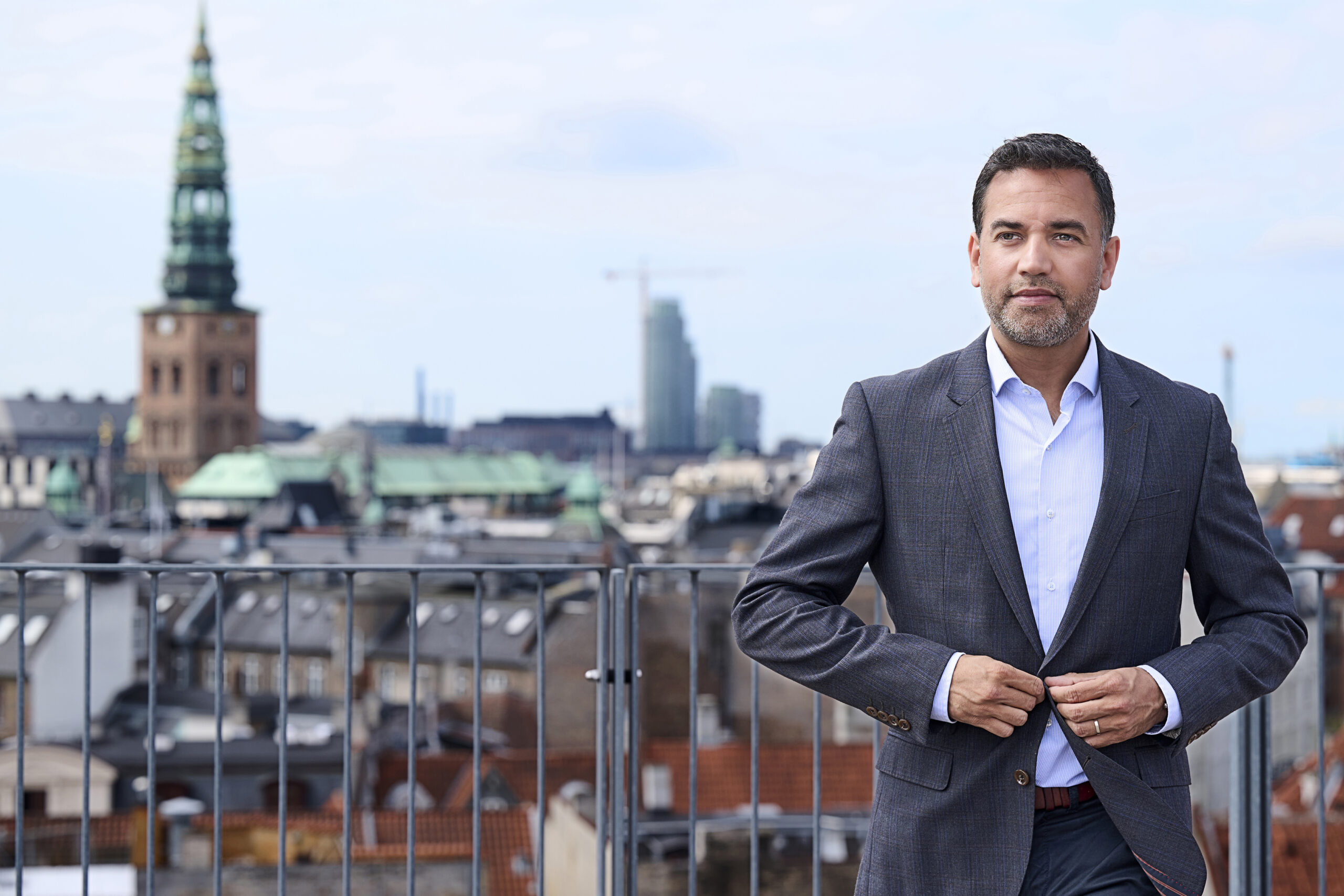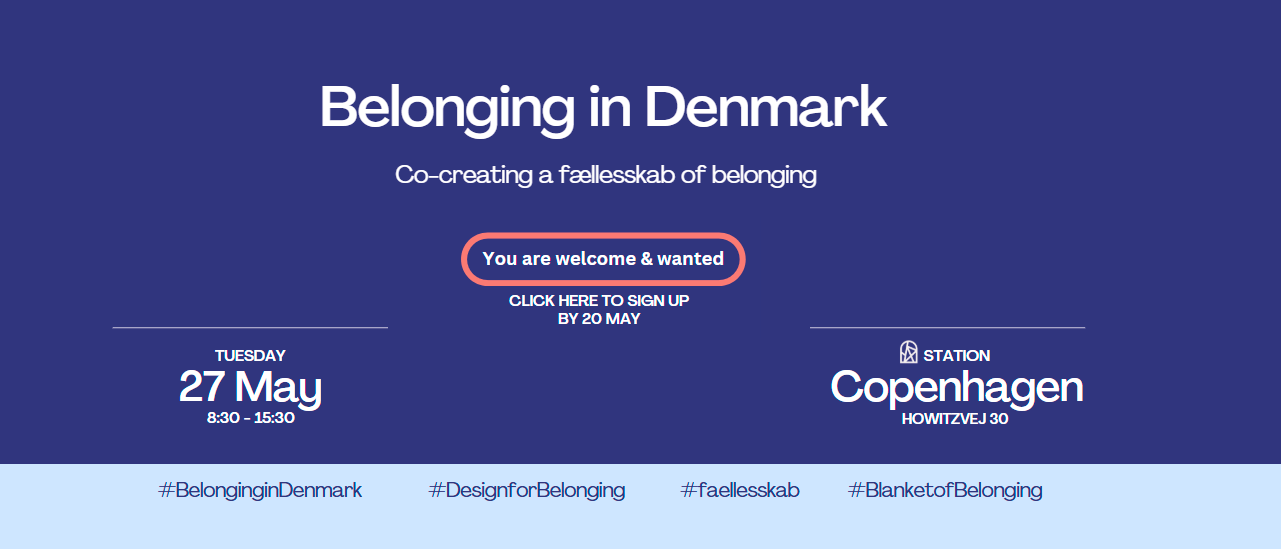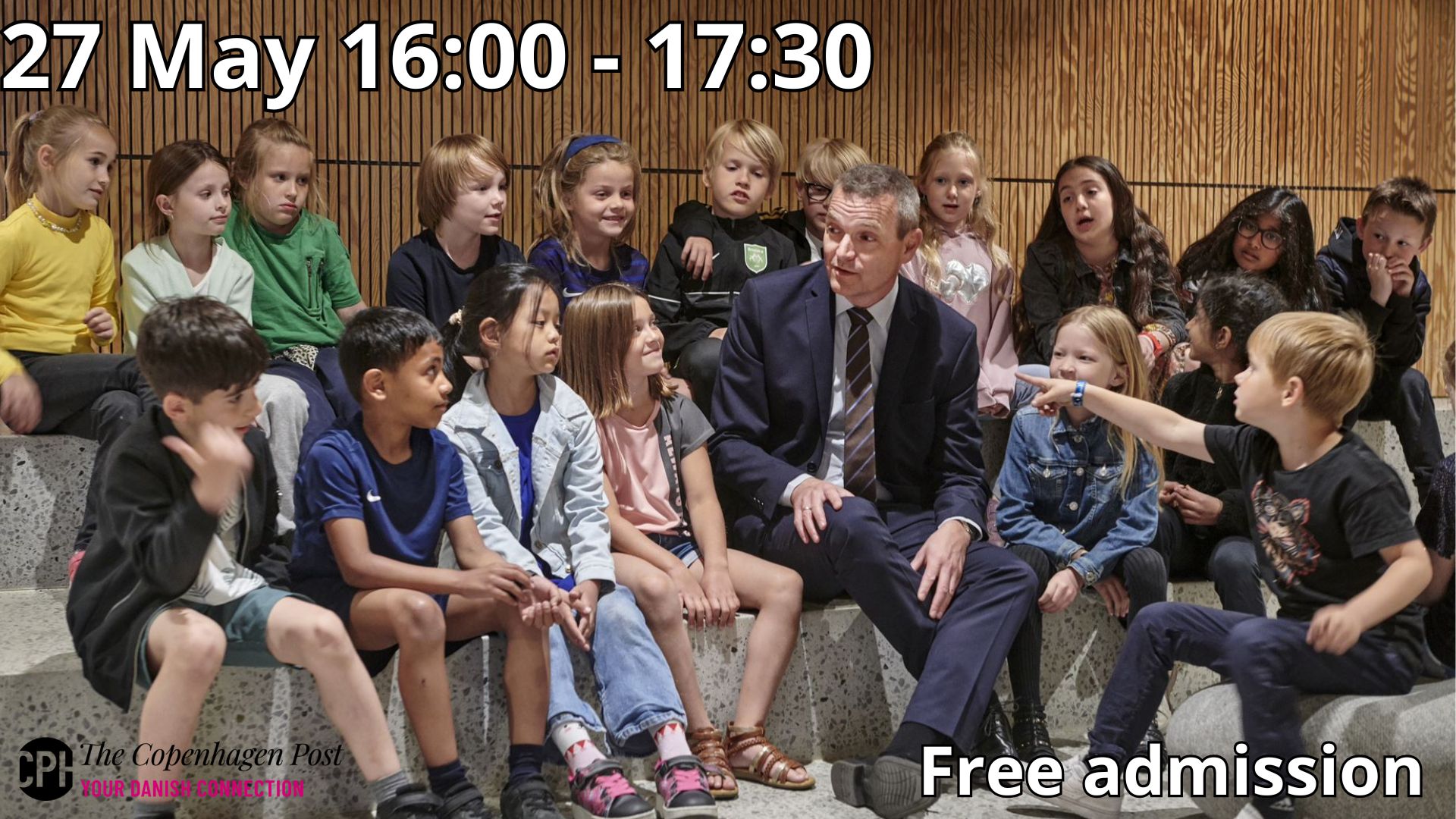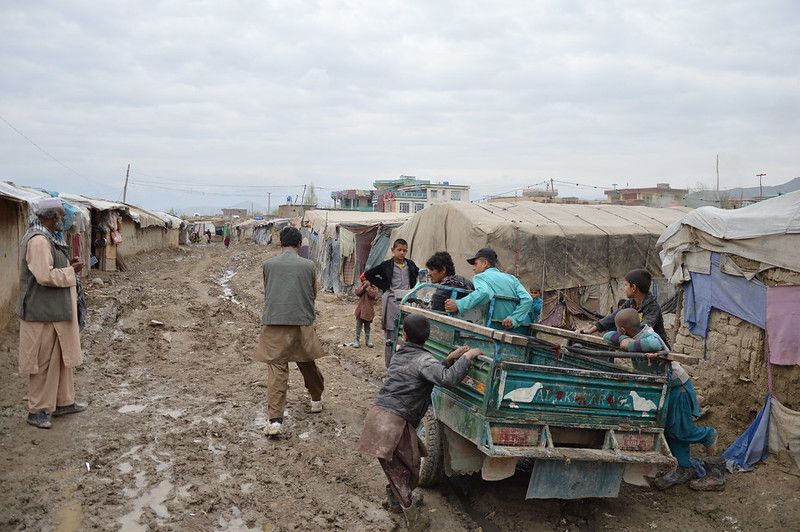If you’re living in or planning to visit Denmark, it’s helpful to know about the country’s public holidays, school vacations, and traditional celebrations. These dates affect work schedules, school calendars, and everyday life, with many businesses and public institutions closing on key holidays.
Here is a guide to Denmark’s holidays and vacations in 2025, including their exact dates. By the time you finish reading this article, you’ll have a clear guide to when to plan your vacation in Denmark, ensuring you never miss out on the country’s key holidays and traditions!
New Year’s Day (Nytårsdag) – Wednesday, January 1.
Winter Break (Vinterferie) – The break typically falls in week 7 or 8, depending on the municipality. While schools are closed, most adults continue to work unless they take time off.
Fastelavn – is a traditional Danish celebration that takes place on Shrove Sunday (the Sunday before Ash Wednesday. It falls on March 2, 2025, this year). It is similar to carnivals in other countries. The holiday is a fun mix of costumes, games, and sweets, especially for children.
International Women’s Day (Kvindernes Kampdag) – is celebrated on March 8th each year. It is a global day dedicated to honoring the social, economic, cultural, and political achievements of women. It is also a day for raising awareness about gender equality issues and advocating for women’s rights. In Denmark, it is not a public holiday, but it is widely observed with various events, protests, and activities to promote women’s rights and gender equality. Many organizations, schools, and workplaces may hold events, discussions, and campaigns throughout the day.
Easter Holidays (Påskeferie) – Danish public schools and high schools usually have the entire Easter week off, from Monday, April 14, to Monday, April 21, 2025.
The Easter break typically covers all of week 16, meaning that students are not only off on the official holidays (Maundy Thursday, Good Friday, Easter Sunday, and Easter Monday) but also the extra days before. However, there may be differences between municipalities.
In Denmark, whether you have time off during Easter depends on your workplace. While Maundy Thursday, Good Friday, Easter Sunday, and Easter Monday are official public holidays, the days leading up to Easter (Monday–Wednesday) are regular working days. Some businesses and public offices close for the entire Easter week, while others remain open. Many people take extra vacation days to enjoy an extended break, but this varies by job and employer.
International Workers’ Day, known as “Arbejdernes Kampdag” – in 2025 is celebrated on Thursday, May 1st. While it is not anymore an official public holiday, many workplaces close early, and there are various activities and events throughout the country. It’s a day to honor workers’ rights, social progress, and labor movements, and it is traditionally marked with demonstrations, marches, and speeches, especially in larger cities like Copenhagen and Aarhus. Many Danes do not go to work.
Denmark was liberated (Danmarks befrielse) – on May 5, 1945, when German forces officially surrendered, ending five years of Nazi occupation that began on April 9, 1940. May 5th is now an important day in Denmark, celebrated as a symbol of the nation’s regained freedom but it’s not an official public holiday so both schools and workplaces operate as usual.
Ascension Day Break (Kristi Himmelfartsferie) – May 29–30 (many people take Friday off for a long weekend and many schools and workplaces close for an extended weekend).
Constitution Day (Grundlovsdag) – Thursday, June 5 (not a public holiday, but some businesses close early)
Pentecost (Pinse) – is a public holiday in Denmark, and many people have time off on both Pentecost Sunday (Pinsedag) and Pentecost Monday (2. Pinsedag). In 2025, Pentecost will fall on Sunday, June 8, and Monday, June 9. It’s a time when many businesses, schools, and public institutions are closed.
Sankt Hans – is a traditional Danish celebration held on the evening of June 23rd, marking the longest day of the year. It combines both pagan and Christian customs, often featuring bonfires, singing, and gatherings with friends and family. It is not a public holiday in Denmark, so most people do not have the day off work and children still go to school. However, it is a widely celebrated occasion, with many people taking the evening off to participate in bonfire gatherings, picnics, and social events.
Summer Vacation (Sommerferie) – Starts around June 28 and lasts until mid-August (exact return dates depend on the municipality). The holiday lasts for approximately 6 weeks.
Autumn Break (Efterårsferie) – Week 42 (October 13–17). Not all schools in Denmark have the same autumn break (Efterårsferie), but it is very common. Most public schools across the country do take a one-week break in week 42 (mid-October). However, some private schools or institutions may have different schedules or take their break at slightly different times. Additionally, workplaces may not close for the autumn break, as it is primarily a school holiday.
Halloween – Friday, October 31 is not a public holiday in Denmark, and people typically do not have time off work or school for this occasion. (But it is growing in popularity, especially among children).
Morten’s Evening (Mortensaften) – is celebrated in Denmark on November 10, but it is not a public holiday. This means that schools and workplaces remain open as usual. The day is mostly known for its traditional meal, where many Danish families gather to eat roast duck or goose. While it is not an official day off, some people choose to celebrate in the evening with a cozy family dinner.
Christmas Break (Juleferie) – December 20, 2025 – January 4, 2026 (The start date of Christmas Break can vary depending on the municipality and the specific school or workplace.) It is a mandatory holiday for all public schools. For adults, it is also very common to have time off between Christmas Eve, but this depends on the workplace and industry. Some workplaces close entirely during the Christmas holiday, while others may have reduced working hours.
Christmas Day (1. Juledag) – Thursday, December 25
Second Christmas Day (2. Juledag) – Friday, December 26.
New Year’s Eve (Nytårsaften) – Wednesday, December 31 (not an official holiday, but many businesses close early).
What to Expect During Holidays and Vacations in Denmark
Shops & Businesses – Most stores are closed on public holidays, except for some supermarkets and convenience stores. On major holidays like Christmas and Easter, even large supermarkets may be closed.
Travel & Transport – Many Danes travel during school holidays, especially in the summer and at Easter. Airports, trains, and highways can be busy during these periods.
Summer Shutdown – In July, many Danes take time off, and some businesses operate with reduced hours or close entirely.
Christmas & New Year’s – The holiday season is a big deal in Denmark, with celebrations starting in early December. Many workplaces close between Christmas and New Year.















